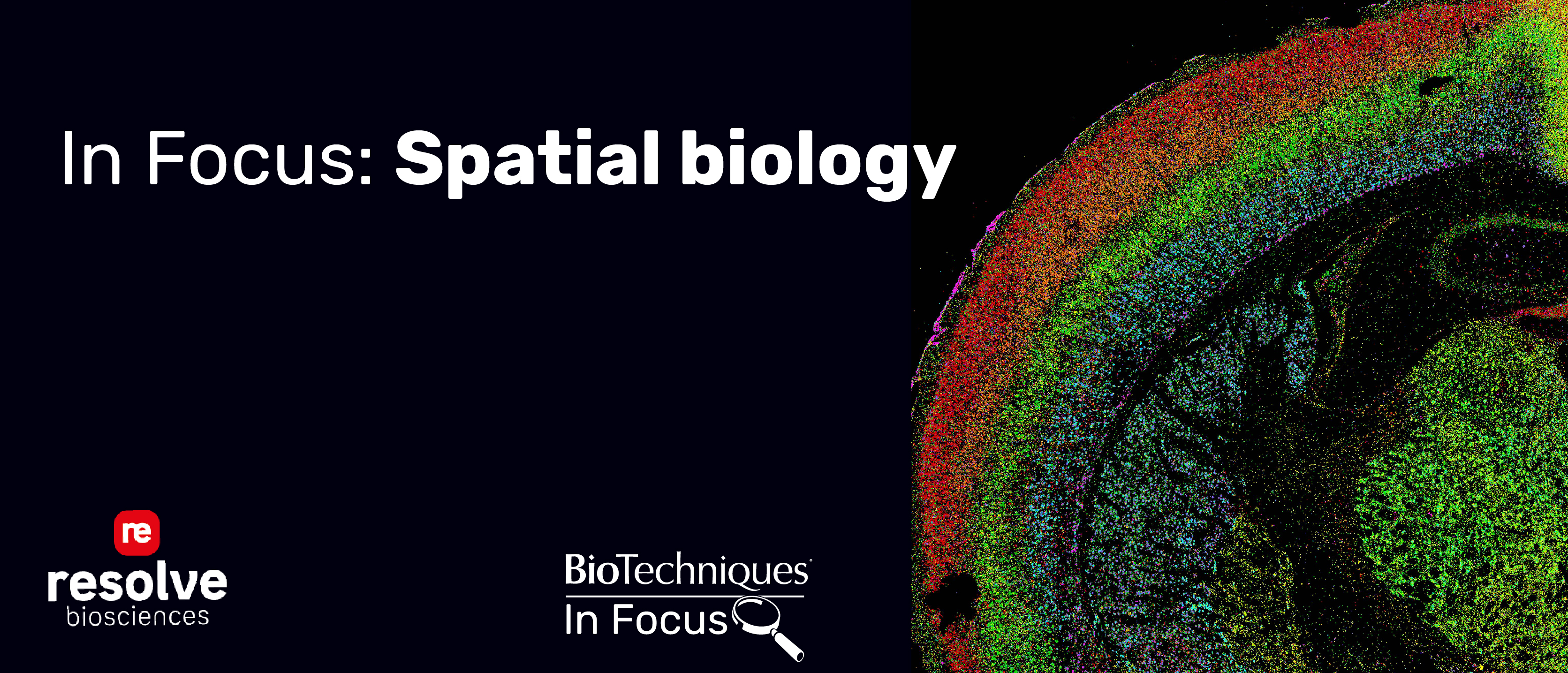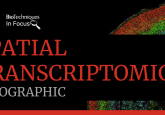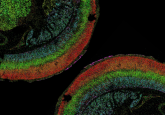Spatial biology

Since the completion of the Human Genome Project, the development and advancement of sequence analysis techniques have been staggering. Acceleration in sequencing times, the rapid decline in costs and improvements in accuracy have all contributed to a fascinating new era of genomics.
Single-cell sequencing technologies significantly improved our understanding of cell types and tissue features, yet, the ability to spatially resolve gene expression patterns with accuracy has been an ongoing challenge. The latest development within this realm is spatial transcriptomics, which allows users to visualize and quantify RNA down to the subcellular level and simultaneously compare gene expression in situ for up to hundreds of genes.
The ability to parse the transcriptomic landscape with such a high resolution enables the study of gene expression patterns, morphology and molecular activity in single cells, creating new opportunities for cell biology, infectious disease, immunology and neuroscience studies.
This In Focus will explore:
- Latest developments in spatial biology
- Key techniques in the spatial biology landscape along with their strengths and weaknesses
- Current and future applications of spatial biology techniques
- Factors to consider when choosing a spatial transcriptomics approach



